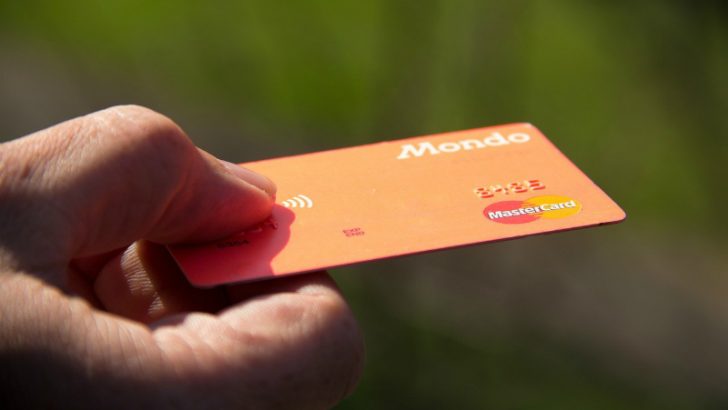
Mastercard is opening access to its blockchain technology via an API published on ‘Mastercard Developers‘. Mastercard hopes its blockchain solution will enable new ways for consumers, businesses and banks to transact. It claims it is key to the company’s strategy to provide payment solutions that meet all needs of financial institutions and their end-customers.
The company has applied for 35+ patents in blockchain. It has invested in Digital Currency Group, a collaborator which builds, incubates and seeds Bitcoin and blockchain technology-related initiatives.
Mastercard recently joined the Enterprise Ethereum Alliance to explore the possibilities of the Ethereum technology across a wide range of potential use cases.Many of these explore areas well outside the scope of Mastercard’s traditional payments environment. In addition, Mastercard is also working on new use cases with startups that are a part of its Start Path Global program.
“By combining Mastercard blockchain technology with our settlement network and associated network rules, we have created a solution that is safe, secure, auditable and easy to scale,” said Ken Moore, executive vice president, Mastercard Labs. “When it comes to payments, we want to provide choice and flexibility to our partners where they are able to seamlessly use both our existing and new payment rails based on the needs and requirements of their customers.”
Why Mastercard matters
MasterCard (www.mastercard.com), is the payments company. Like Visa, its primary competitor, its customers are partner banks and merchants (those businesses which accept payment with credit or debit cards). While card owners are not Mastercard’s direct customers, making it easy for consumers to use Mastercard services drives everyday commerce activities. These include shopping, travelling, running businesses and even managing finances. Facilitating these securely makes transacting more efficient for everyone.
The company claims to have the world’s fastest payments processing network. This connects consumers, financial institutions, merchants, governments and businesses in more than 210 countries and territories.
Mastercard and blockchain
Mastercard says it has tested and validated its blockchain. It will initially implement the technology in the business-to-business (B2B) space to address challenges of speed, transparency and costs in cross-border payments. In this context its blockchain technology will complement existing capabilities – including virtual cards, Mastercard Send and Vocalink – to support cross-border, B2B payment flows (account-based, blockchain-based and card-based).
The Mastercard blockchain claims four differentiators:
- privacy: by ensuring that transaction details are shared only among the participants of a transaction while maintaining a fully auditable and valid ledger of transactions
- flexibility: partners can use the blockchain APIs in conjunction with a wider suite of Mastercard APIs to create new applications; software development kits are available in six different languages.
- scalability: by reaching consensus between a trusted network moderator and network participants, Mastercard’s blockchain addresses commercial processing speed and extensibility
- the reach of the company’s settlement network that includes 22,000 financial institutions to move funds that have been committed on the blockchain.
The Mastercard blockchai solution
Mastercard believes its blockchain solution has the capability to power secure and seamless non-card payment transactions. These include business-to-business payments and trade finance transactions. In the latter, Mastercard would add yet another player, albeit one with a global reach that most banks cannot provide).
In theory, by using blockchain technology, Mastercard will offer the ability to power non-payment solutions, for example proof of provenance. This should support authenticate products across supply chains.
Why does this matter
ET has commented on the superfluity of ‘trade finance’ initiatives. IBM has come up with a different blockchain solution, appealling to banks to join.
With this proprietary blockchain, Mastercard aspires to create and move into new business areas. These may be ones that compete directly with its partner banks. The objective is sound: to make the commerce ecosystem easier, faster and safer.
The deep lesson to draw here is that blockchain has real potential to upset existing business models and business relationships. All those banks initiating blockchain trade finance to gain ‘first mover’ advantages may be displaced. By a credit card payments company! If this can happen in an industry as highly regulated as finance, and with such a highly dispersed player as Mastercard. Where else might it occur?


























